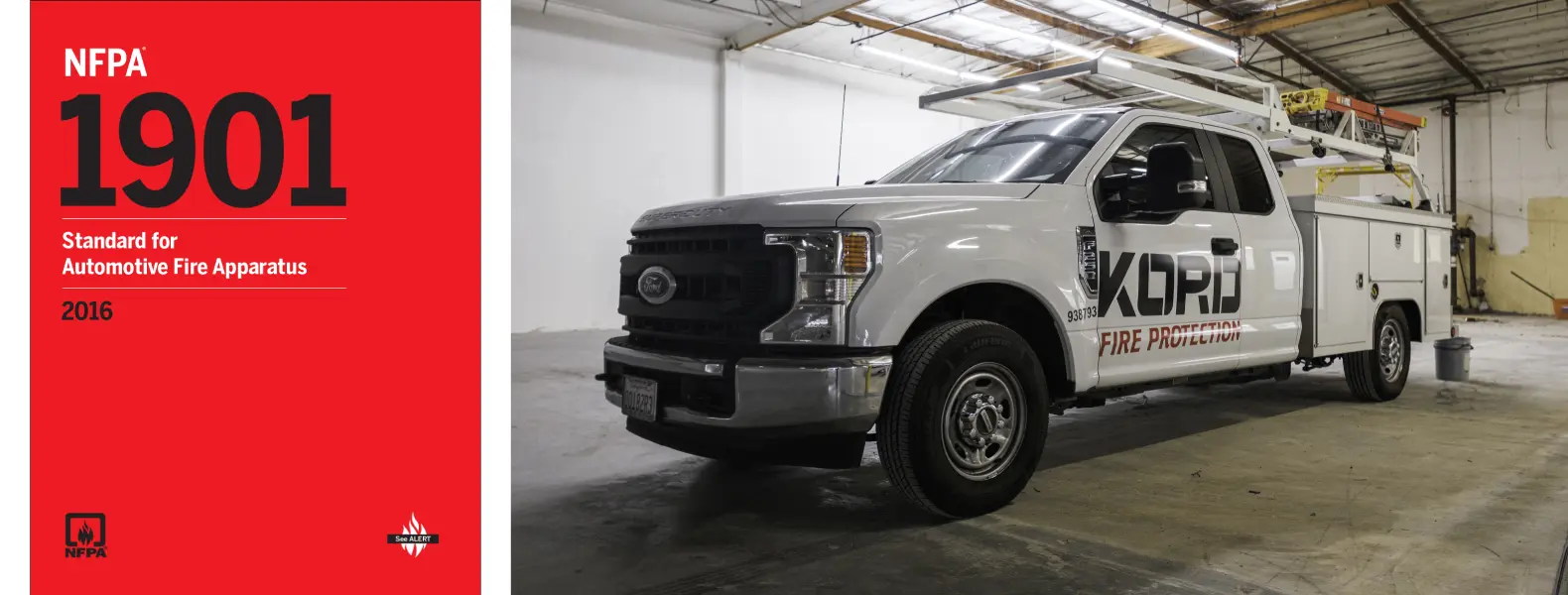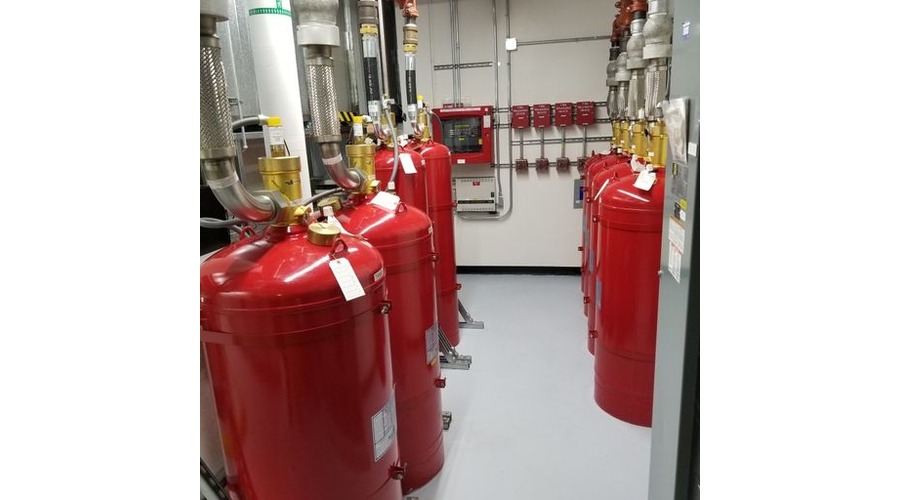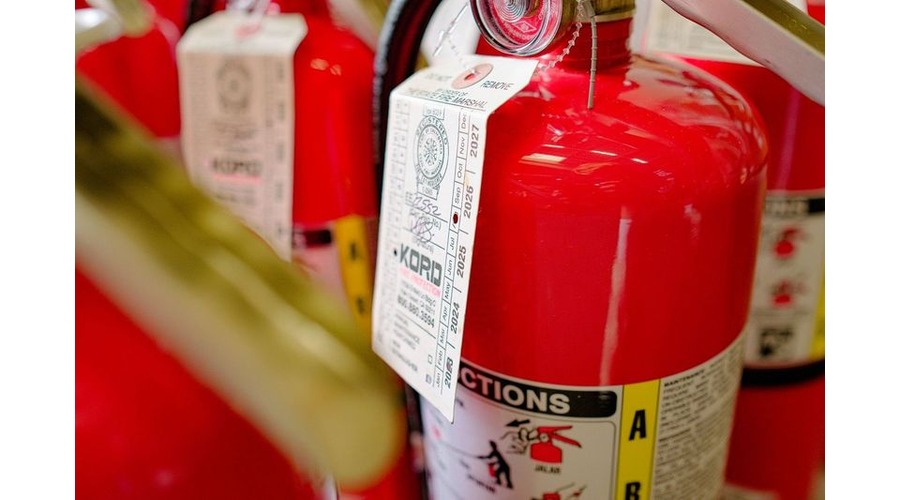

NFPA 1901 Overview: Essential Standards for Fire Apparatus Safety and Performance
Important Note: The Emergency Response and Responder Safety Document Consolidation Plan intitaited by the NFPA Standard Council, has consolidated NFPA 1901 Into NFPA 1900. The info in this article is based off the last published version of this NFPA Code as a stand alone standard, which dates back to 2016. For a more up to date, checkout NFPA 1900.
Introduction to NFPA 1901
When it comes to fire apparatus safety and performance, this code has been one of the most authoritative standards in the industry. Developed by the National Fire Protection Association (NFPA), it has provided vital guidelines for the design, construction, and maintenance of fire trucks and emergency vehicles. NFPA 1901 outlines safety measures and ensures that fire apparatus are capable of performing efficiently during high-pressure emergency situations.
The latest edition of NFPA 1901, which was published in 2016, was the final stand-alone version before it was consolidated into the broader NFPA 1900 standard as part of a significant restructuring by the NFPA Standards Council. This consolidation ensures that fire apparatus standards are more streamlined and comprehensive. In this article, we will explore the key components of NFPA 1901, its impact on fire service safety, and its relationship with other NFPA standards.
The Purpose and Scope of NFPA 1901
NFPA 1901 was developed to set clear, consistent standards for fire apparatus, ensuring they are designed and maintained to meet the demanding needs of fire departments. The standard covers a wide range of equipment, from fire trucks and aerial platforms to specialized apparatus used in hazardous material response.
Key Focus Areas:
- Safety: The primary focus of NFPA 1901 is to enhance the safety of fire responders. This includes considerations for equipment durability, ergonomics, and operational reliability.
- Performance: Ensures that fire apparatus can effectively respond to emergencies, providing sufficient water supply, firefighting equipment, and space for personnel.
- Design and Construction: The standard provides specifications for vehicle construction, including chassis design, compartments, and access points to ensure easy operation during emergencies.
These guidelines are critical for ensuring that fire apparatus meet both the practical and safety requirements of modern fire services.
Key Requirements and Provisions in NFPA 1901
NFPA 1901 outlines a range of detailed provisions, all of which aim to enhance fire apparatus safety, functionality, and performance. Below are some of the most essential requirements included in the standard.
Chassis and Structural Integrity
- The chassis of a fire apparatus must meet rigorous standards for strength and durability, ensuring it can withstand the stresses of emergency response.
- Additionally, this code specifies the need for a reinforced frame that supports the apparatus’s weight and allows for the mounting of firefighting equipment.
Water Tanks and Pump Systems
- The water tank on a fire truck must be constructed with durable materials and must have a specified minimum capacity depending on the type of apparatus.
- NFPA 1901 specifies the design and performance requirements for fire pumps, ensuring that they can deliver water at sufficient pressure and volume for fire suppression activities.
Apparatus Compartments
- The standard requires apparatus to have specific types and numbers of compartments for storing firefighting tools, hoses, and other equipment.
- These compartments must be designed for easy access and should allow for rapid deployment of firefighting equipment during emergencies.
Safety Standards: Protecting Firefighters and Responders
One of the most critical aspects of NFPA 1901 is its focus on firefighter safety. The standard includes provisions that ensure fire apparatus provide a safe working environment for the crew. This includes ergonomic design features, as well as structural protections that minimize the risk of injury during operation.
Crew Safety Considerations:
- Seatbelts and Restraint Systems: NFPA 1901 mandates the installation of seat belts for all passengers in the apparatus, and the standard outlines specific testing requirements to ensure their reliability during an emergency.
- Compartment Access: The design of the compartments must allow for easy access to critical firefighting tools while minimizing the risk of injury when accessing equipment during an emergency.
- Firefighter Protection: NFPA 1901 sets guidelines on the installation of protective features such as roll-over protection and padded surfaces to safeguard firefighters during vehicle operation.
NFPA 1901 in Relation to Other NFPA Standards
While NFPA 1901 is a comprehensive standard on fire apparatus design, it works in conjunction with other NFPA standards to ensure broader safety and efficiency for fire services.
Related NFPA Standards:
- NFPA 1500: This standard covers fire department occupational safety and health programs, ensuring that fire responders are protected from occupational hazards.
- NFPA 1911: This standard focuses on the inspection, maintenance, testing, and retirement of fire apparatus, ensuring they remain operational and safe throughout their lifespan.
- NFPA 1451: Specifically focused on fire service vehicle operations, NFPA 1451 provides guidelines for the safe operation and training of personnel using fire apparatus.
The relationship between these standards ensures that fire departments maintain a comprehensive approach to safety, from vehicle design to ongoing maintenance and operational training.
Real-World Case Studies: NFPA 1901 in Action
To better understand how NFPA 1901 impacts fire services, let’s look at a few real-world examples where the application of the standard has significantly improved safety and performance.
Case Study 1: Fire Department A’s Transition to NFPA 1901 Compliant Apparatus
Fire Department A, located in a major urban area, replaced its fleet of older fire trucks with new apparatus built to the latest NFPA 1901 standards. The new trucks included updated water pump systems, enhanced firefighter safety features such as improved seatbelt restraints, and more efficient compartmentalized storage. As a result, response times were reduced, and the risk of injury during operations decreased.
Case Study 2: Rural Fire Department Implements NFPA 1901 Standards for Rural Response
A rural fire department faced challenges with inadequate water supply during firefighting operations. By adopting fire apparatus that complied with NFPA 1901’s water tank and pump specifications, the department improved its ability to respond to fires more effectively, ensuring firefighters had the resources they needed to suppress fires more efficiently in rural environments.
Challenges and Considerations in Implementing NFPA 1901 Standards
While NFPA 1901 provides a comprehensive framework for fire apparatus safety and performance, some fire departments may face challenges when it comes to implementation. The cost of upgrading or replacing apparatus can be a significant hurdle for some departments, particularly those in smaller communities with limited budgets.
Additionally, fire departments need to balance the requirements of NFPA 1901 with other local, state, and federal regulations. This can result in complexities, particularly when there are varying standards across different jurisdictions.
NFPA 1901 FAQS
Key Takeaways
- NFPA 1901 is a critical standard that defines the requirements for fire apparatus safety and performance.
- The standard covers a wide range of considerations, including chassis design, water tanks, compartments, and firefighter safety features.
- NFPA 1901 works in conjunction with other NFPA standards, such as NFPA 1500 and NFPA 1911, to create a comprehensive safety framework for fire departments.
- Real-world case studies show the positive impact of implementing NFPA 1901 standards on fire department efficiency and safety.
- With the consolidation into NFPA 1900, the fire apparatus standards have become part of a more unified and streamlined approach.
Get Top-Rated Fire Safety Solutions!
Kord Fire Protection is your go-to when it comes to all things fire protection. For over 20 years, we’ve been serving Southern California with the quality service and equipment to keep your home or business safe at all times. Our competitive prices reflect our unwavering commitment to protecting what matters most in the event of a fire emergency. Give us a call, send an email, or use that form!


Protect Your Property
Get the latest fire safety tips delivered straight to your inbox.




